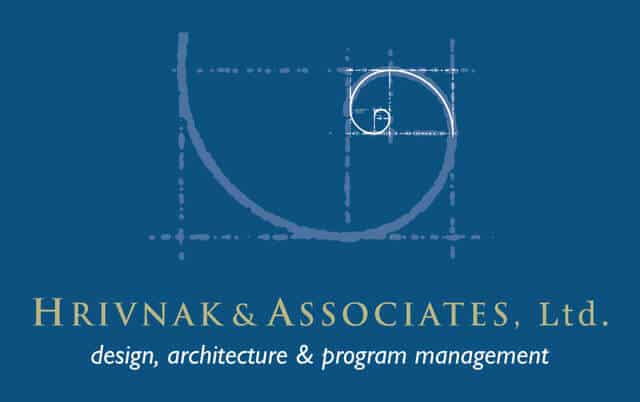Each year, I get about half a dozen calls to “fix” problems created by others on architectural projects. In each case, my goal is to help the client achieve good architecture on a budget. One call from Oregon comes to mind in this regard: The client had a federally funded medical clinic and needed a new building. Their architect had come up with a design that represented $8M in construction. The client had no way to fund it but had already paid $80,000 for this design.
There were a lot of players in this project –– the owners, the staff, the federal government because of potential funding. There were financial aspects, such as grants to be written, and architectural aspects, such as the design of the project. I saw that there was a lot of wasted net to gross space. (The net to gross ratio should be limited; net spaces are those actually used (rooms you work out of); gross includes wall thickness, halls, and lobbies. This project’s net to gross was way out of hand. There were massive lobbies, duplicated lobbies, two-story lobbies.
I was the finance guy, grant writer, and architect all in one. Coordinating with myself was a lot cheaper than coordinating with several people. I re-did their grant, researching their need and writing the application. It included challenges the clinic faced, financial pro forma, construction estimates, and tables. Morbidity and mortality rates and sociodemographics of the population served to prove the health need of an underserved population or area, both of which were the case.
We had to prove that this was an underserved area AND one that had special populations. There was a large Hispanic population and, separately, a large homeless population. The money would be a capital improvement program (CIP) grant in connection with a federal guideline that the recipient could either buy or build a facility, but would have to evaluate both ideas and justify the final choice.
Now, grant forms do not allow for cost escalation even though the whole process could take two to three years. We were, however, able to fulfill the requirements by negotiating a guaranteed project (so there would be no cost overruns, surprises, or inflation). The mayor and the city council provided letters of support ... we stacked the deck for that grant as much as possible. Though fewer than 20% of the grants were funded, ours got funded. The clinic would buy a building. The final cost would be $3M instead of $8M.
The up and running clinic not only served the previously underserved populations and area, but also attracted others from elsewhere who realized they could get better care in a nicer setting at this clinic. So our project included a bunch of pieces of magic –– grant-writing, negotiating lending, writing a successful government grant application, and creating the design. This was good architecture on a budget. I ended up saving them far more than my architectural fee cost them.
